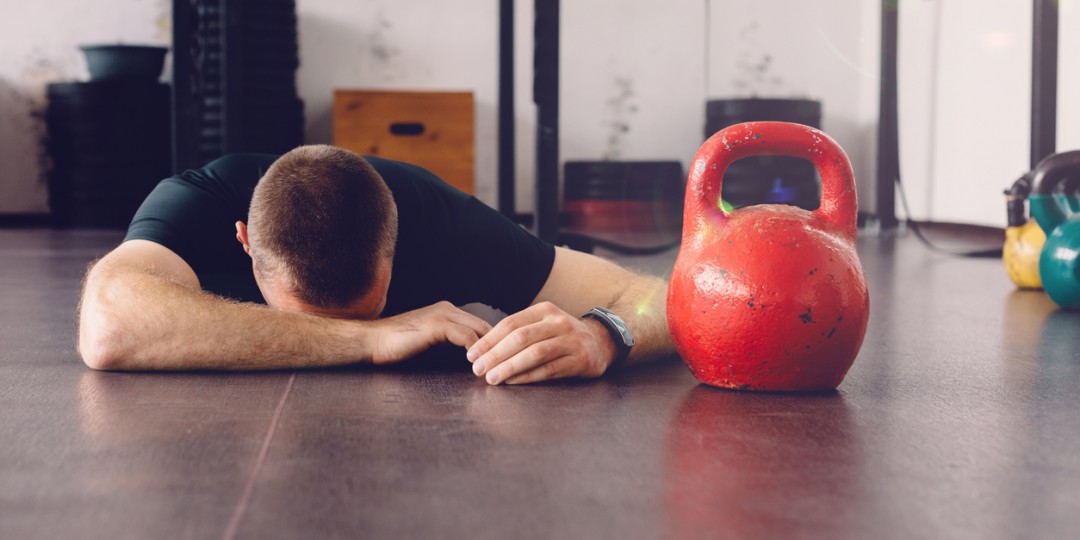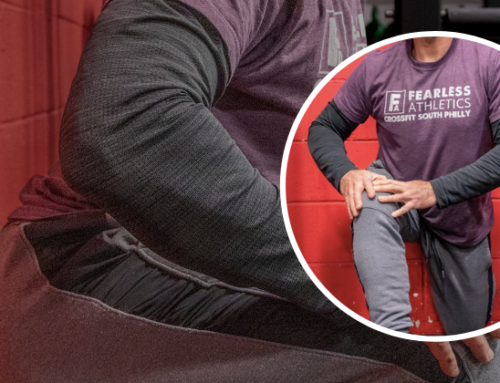
You may have recently read something about the benefits of establishing a morning routine. If so, you might not be surprised to learn that the same principle applies to your nighttime routine. Why? Not only do our bodies and minds crave routine and consistency, but we also need a way to recover from daily stressors: work, environmental stress, emotional stress, even things that are considered healthy like exercise or the act of eating. Our bodies perceive pretty much any activity as stress, and its response is a spike in cortisol, a stress hormone. A satisfying, peaceful night of slumber requires us to downregulate our system. In other words, bring our fight-or-flight response (sympathetic nervous system) down to a state of rest and digest (parasympathetic). A bedtime routine is your body and mind’s cue to begin shutting down in order to prepare for a long night of repair, recovery, and restoration. Assess your current level of sleep hygiene with this quick audit:
- Are you getting less than 7–8 hours of sleep?
- Do you have trouble falling asleep?
- Do you struggle staying asleep?
- Do you wake up frequently throughout the night?
- Do you wake up in the morning not feeling refreshed or ready for the day ahead?
If you answered “yes” to any of the above, consider implementing any of the following ideas to help optimize your sleep. And if you need even more motivation to refine those nighttime practices, remember that sleep is by far THE most important part of recovery. Looking to perform better in the gym? Hit more PRs? Get into a consistent routine to help dial in your sleep and reap the rewards!
- Get outside during the day and get some sunlight in your retinas. Not only is vitamin D important, but the actual exposure to sunlight helps regulate your circadian rhythm (your body’s natural sleep-wake cycle).
- Consider cutting off your caffeine intake by 12 PM, or reduce the quantity. The effects of caffeine can be felt long after your last cup of coffee.
- No screens before bed! At least 30 minutes prior to lights out (ideally more), shut down your electronics. At the very least, use blue light-blocking glasses.
- Take a bath or shower. Not only is it relaxing, it can also help lower your body temperature, making it ideal for a peaceful night’s sleep.
- And speaking of lowering temperature, try lowering the temperature in your bedroom. Studies show most people sleep best at cooler temps.
- Get your stretch on! See below for a short routine (with bonus breath work) from Coach Kevin.
- Read a book or listen to a podcast. Try fiction or something light. Remember—we are trying to downregulate, not get the wheels turning!
- Try a meditation app, like Calm or Headspace.
- Do a brain dump. Keep a notebook on your nightstand. If you have anything on your mind or you’re thinking about all the things you need to do the next day, any worries or fears, write them down. It will be there for you in the morning.
- Light sleeper? Try a white noise machine (this one is personally endorsed by Coach Kevin).
- Make your bedroom your sanctuary. Try using a diffuser with a calming 100% pure essential oil, like lavender.
- Set your alarm—no need to stress about oversleeping!
Bedtime Movement
Looking to add even more tricks to your sleep arsenal? Try this bedtime flow followed by some breathwork, courtesy of our very own Coach Kevin!
Before getting into bed, try slowly cycling through this short flow. Repeat as many times as you like:
- 10 cat cows
- 5 downward-facing dog → high plank → upward-facing dog (or cobra)
- 30 seconds in child’s pose
Now you’re ready for some breath work.
- Place one hand on your chest and one hand on your belly. Take five deep breaths in and out, trying to make only the hand on your belly move. On the fifth breath, keeping the hand on your chest still, try to sip in a little more air in the sides and back of your ribs before your final exhale.
- Take a big count-of-four inhale through your nose only, keeping the hand on your chest still while the diaphragm (that’s where the belly hand is) fills with air, then exhale for seven seconds through your nose only. Try this five times and see if you can extend the exhales even longer than seven seconds. Try lengthening the inhale as well. If you need to stop and take a mouth breath, give yourself permission to do so. Then, try and make the next breath a little better.
- As your mind starts to wander to work or whatever else isn’t breathing, try to simply notice it, without judgement. That is a victory to celebrate.
- As your mind wanders, start to bring your mind back to your breath. Imagine you can see your breath coming in and leaving the body. Even if your mind wanders again, notice it, bring your mind back to your breath, and celebrate that victory.
- Give yourself permission to celebrate the small victories, and when you’re r e a d y …zzz…
Kevin also recommends mouth taping at night, not only to encourage nasal breathing, but for a whole host of wide-ranging benefits. Be sure to ask him about it next time you see him at a sidewalk WOD or feel free to message him directly on Instagram (@kvnmvnt).
Fearless Eating (in this case, bedtime snacking)
Try this Golden Milk Latte before bed. It’s warm, cozy, and full of good fats and anti-inflammatory deliciousness.
Fearless Listening
Check out these apps that can help prepare your mind and body for a restful night.
- Calm: a popular app for sleep, meditation, and relaxation.
- Headspace: learn the skills of meditation and mindfulness in just a few minutes a day.
- Brainwave—Altered States™: combine mind-altering binaural sequences with soothing nature sounds, ambient music, your own iTunes Music (with the built-in iTunes playlist creator), or audio from apps like Spotify and Audio Book Readers. [iOS only]
Try implementing any or all of these strategies. As always, be your own coach and data scientist and find out what works for you. Be sure to tag us on Instagram (@fearlessphl) with your favorite sleep hacks—sharing is caring. Goodnight and happy sleeping, Fearless F.A.m!
Written by Coach Natalie Lewis






